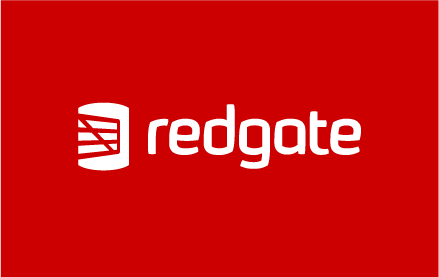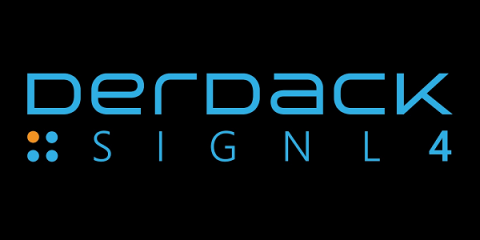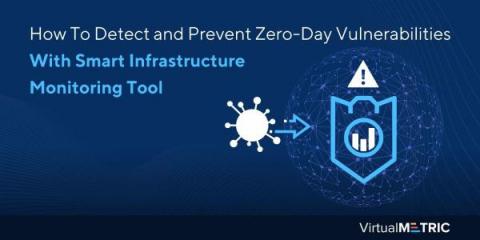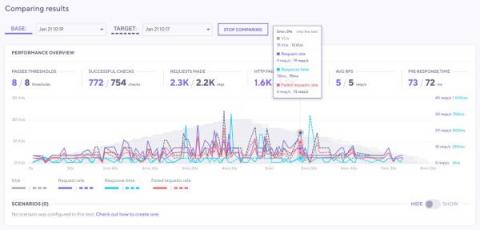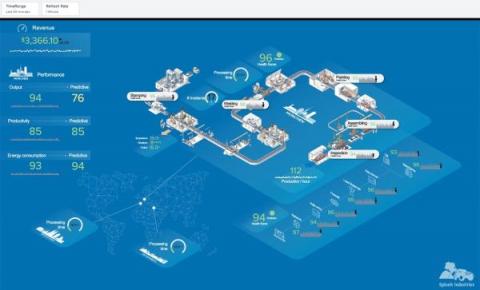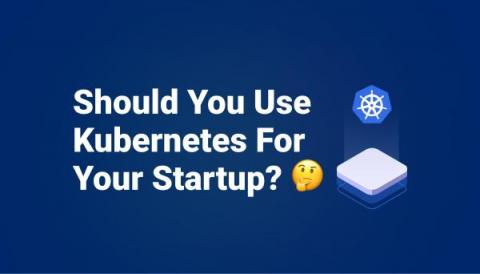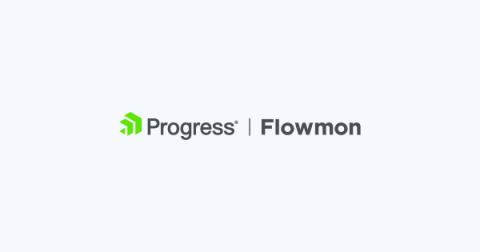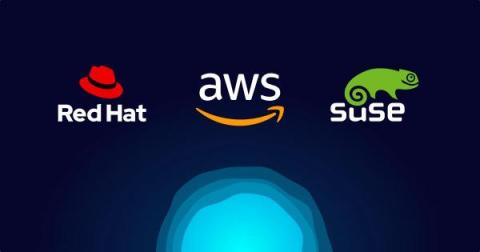Addressing Australia's customer service generation gap
All age groups demand speed, transparency, and a personalized approach when it comes to resolving customer issues. But new research from ServiceNow reveals a stark gap between how Australia’s oldest and youngest populations want issues addressed. Tech-savvy millennials want to communicate through chatbots, email, and direct messages. Baby boomers prefer to speak to an operator to resolve a problem. Other generations lie somewhere in between.



